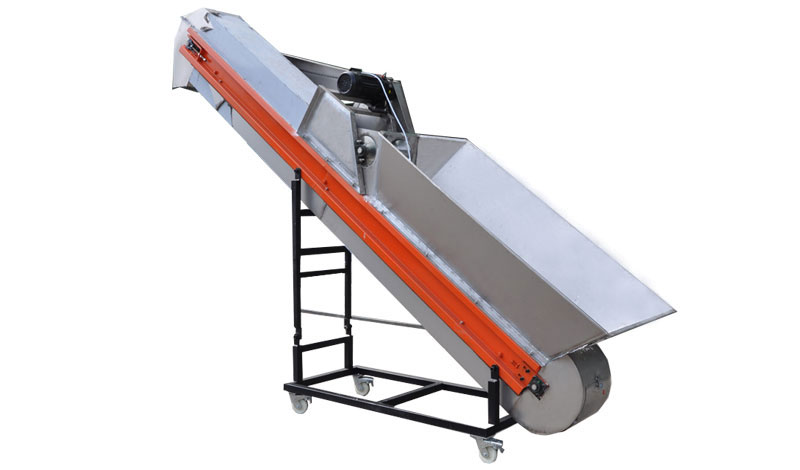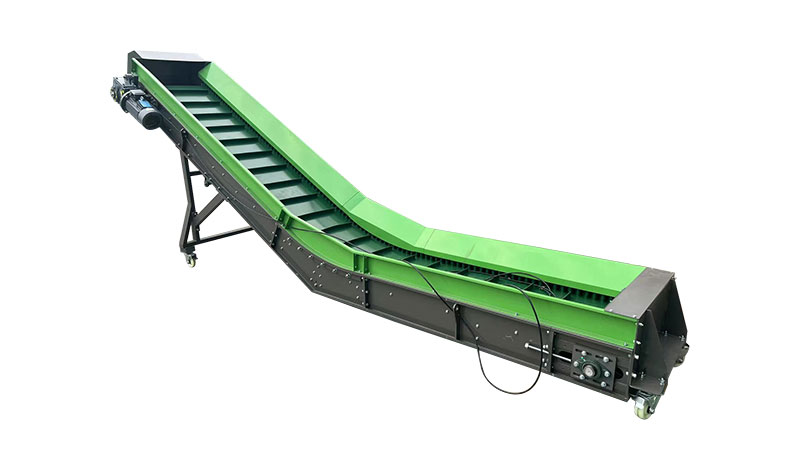

Contact us

The high-speed rotating blades in a plastic granule cut […]
The high-speed rotating blades in a plastic granule cutter are the workhorses that perform the critical task of cutting raw plastic materials into uniform granules. These blades are at the forefront of precision and efficiency in the plastic processing industry, and their design, materials, and operational characteristics play a significant role in determining the quality of the granules produced.
Blade Design and Material Selection: The design of the blades is crucial to ensure efficient and consistent cutting. Manufacturers carefully engineer the blade geometry, including the shape, size, and cutting edge angle, to optimize the cutting process. The selection of materials for the blades is equally important. High-quality, durable materials such as high-speed steel (HSS), tungsten carbide, or other specialized alloys are commonly used to withstand the mechanical stresses and abrasive wear encountered during the cutting operation.
Rotational Speed: High-speed rotation is a defining characteristic of these blades. The rotational speed is carefully chosen based on the type of plastic being processed, the desired granule size, and the cutting chamber configuration. The combination of high rotational speed and the sharp cutting edge enables the blades to swiftly and cleanly slice through the plastic material, resulting in precise and uniform granules.
Cooling and Lubrication: The high-speed operation generates heat due to friction. To prevent overheating and maintain the longevity of the blades, cooling, and lubrication systems are often incorporated. These systems may involve the circulation of cooling fluids or the application of lubricants directly to the blades. Efficient cooling and lubrication ensure that the blades stay sharp, reducing wear and tear while also preventing melting or distortion of the plastic material during the cutting process.
Anti-Friction Coatings: Some advanced plastic granule cutters employ anti-friction coatings on the blades. These coatings, often made of specialized materials like diamond-like carbon (DLC) or ceramic materials, reduce friction between the blade and the plastic material being cut. This not only enhances the longevity of the blades but also contributes to a cleaner cut and reduces the energy required for the cutting process.
Blade Maintenance and Replacement: Given the high-speed nature of the blades and the abrasive nature of plastic materials, blade maintenance is essential. Regular inspection, sharpening, and replacement of worn blades ensure that the granule cutter continues to operate at peak efficiency. Many modern granule cutters are designed with user-friendly features that facilitate blade maintenance, including quick blade replacement systems and easy access to blade components.

Copyright © Yuyao Lvdao Plastic and Rubber Machinery Co.,Ltd. Plastic Granulation Line Supplier 浙ICP备11026885号-3



